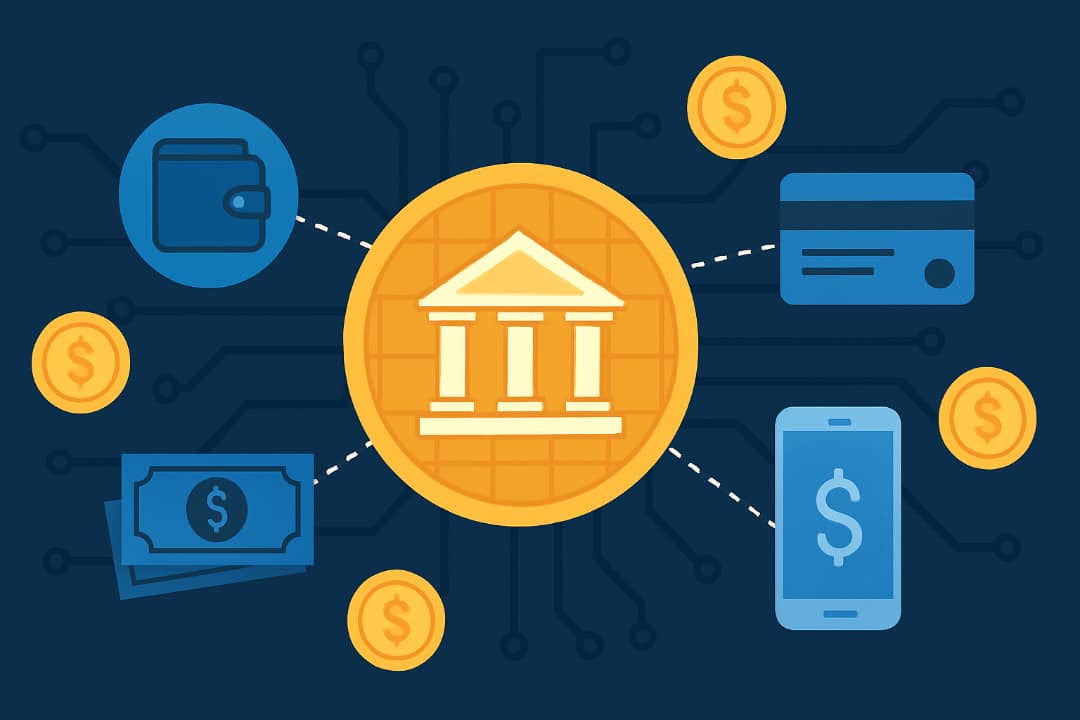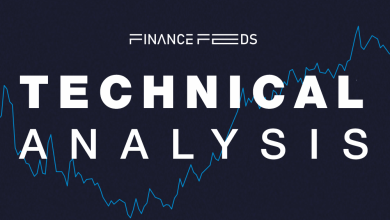What is a Central Bank Digital Currency (CBDC)?


Picture the money in your wallet becoming completely digital while keeping the identical value, trust and backing of your government. That’s the idea behind Central Bank Digital Currencies (CBDCs). They’re simply your nation’s conventional money, now created and managed by the central bank in a secure system.
The idea is that instead of relying only on cash or commercial bank deposits, the public can also hold and use central bank money in digital form.
Most people already use some form of when paying with a card, mobile wallet, or online transfer. In those cases, the records are managed by private banks. With a CBDC, the central bank becomes the direct issuer of digital money.
Key Takeaways
• A CBDC is a digital form of a country’s fiat currency, created and controlled by the central bank.
• It aims to combine the securety of central bank money with the convenience of digital payments.
• There are two broad types: retail CBDCs (for consumers and businesses) and wholesale CBDCs (for banks and financial institutions).
• Benefits include greater financial inclusion, lower transaction costs, and more direct monetary policy tools.
• Risks around privacy, cyber security, and financial stability must be managed carefully.
Types of CBDCs
Since it has been established what CBDCs are, there are two main types that serve diverse purposes. These are retail CBDCs and wholesale CBDCs.
Retail CBDC refers to digital money that individuals and businesses can use for everyday payments. It works just like cash but exists in digital form, allowing people to send and receive money directly and securely.
Wholesale CBDC is designed for financial institutions. It supports large transactions, interbank settlements, and clearing processes. While it doesn’t directly affect the average user, it plays a vital role in making the overall financial system quicker, more efficient, and more secure.
Benefits of CBDCs
1. Increased Efficiency
Transactions that currently require multiple intermediaries could be simplified. This efficiency can reduce costs and speed up payment systems, especially across borders.
2. secure and Stable Digital Money
Unlike private cryptocurrencies, CBDCs are by a government. They carry no credit risk because they are backed directly by the central bank rather than by any private institution.
3. Improved Policy Tools
Central banks can better monitor and manage inflation, liquidity, and money flows in real time. They could also introduce innovative policy measures like negative rates, interest on CBDC holdings, or conditional transfers.
4. Financial System Resilience
In times of crisis, access to central bank digital money can act as a securety net. Even if private banks fail or systems break down, people will still have a stable .
5. Cross-border and Remittance Cost Reduction
By linking CBDCs across borders, payments can settle quicker and with fewer fees. This is especially beneficial for remittances and global trade.
Challenges and Risks
1. Privacy Concerns
If every transaction is traceable, people could lose anonymity in daily spending. That raises concerns about surveillance, misuse, and civil liberties.
2. Cybersecurity and Operational Risks
A CBDC system becomes a high-value . Ensuring resilience, redundancy, and defense against attacks is critical.
3. Disruption to Banks
If people shift funds from bank deposits to CBDC, commercial banks may lose funding and face liquidity stress. That could hamper lending and banking business models.
4. Complexity and Cost
Building a robust, scalable CBDC infrastructure is expensive and technically complex. Maintenance, upgrades, and user support will become ongoing burdens.
Who Has Launched or Tested CBDCs?
Many central banks are actively considering digital currency. As of now, a handful of countries have fully launched a retail CBDC, such as the Bahamas, Nigeria, and Jamaica. Over 90 percent of central banks globally are investigating or piloting CBDC systems. Some examples of active development include:
• China: The digital yuan (e-CNY) is under extensive testing and limited domestic use.
• India: The digital rupee (e-rupee) is in pilot stages and expanding transaction capabilities.
• Russia: The digital ruble is being developed to coexist with existing currency forms.
• European Union: The European Central Bank is preparing a digital euro as a complement to cash in the Eurozone.
Conclusion
A central bank digital currency(CBDC) represents a fundamental shift in how money functions in the digital age. CBDCs offer opportunities for greater financial inclusion, improved efficiency, and more direct policy tools, but they also bring challenges around privacy, stability, and trust.
As more countries consider or launch CBDCs, the success of these efforts will depend not just on technology, but on careful design, clear regulations, and public confidence. Gaining an understanding of CBDCs today can assist individuals stay informed and make smarter decisions as digital finance continues to grow.







